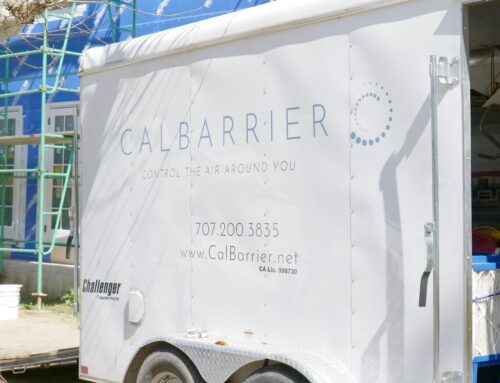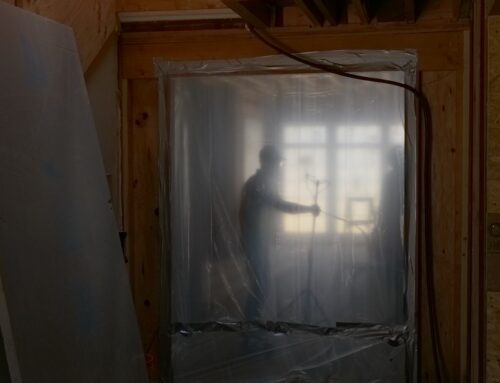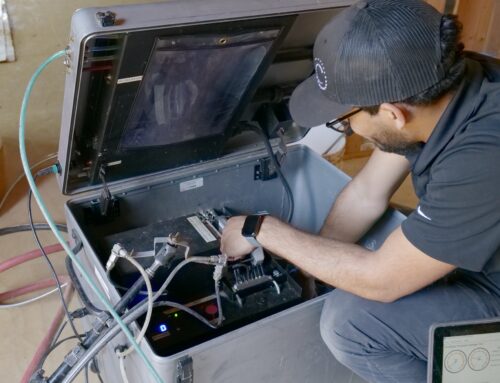Are you tired of seeing your hard-earned cash vanish into thin air—quite literally—through energy bills? Well, you’re not alone. Many homeowners are turning their attention to a crucial aspect of energy saving: insulation against air leaks. How Much Does It Cost to Insulate a Home Against Air Leaks anyway? Let’s dive into the details of how much this essential upgrade can cost and how it can save you money in the long run.
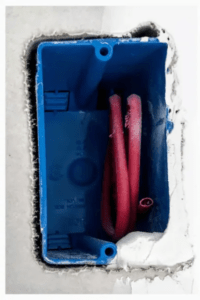
First Things First: Identifying the Problem
Before you even think about costs, it’s essential to identify the problem areas. Air leaks can occur around doors, windows, attics, and even through electrical outlets. Once you know where the leaks are, you can make a more informed decision about the type of insulation you need. But how do you find these leaks? Consider a professional energy audit. Yes, it’s an additional cost, but it’s a critical step. And here’s the kicker: it ensures that your money is invested wisely in the right solutions.
The Cost Breakdown
Now, let’s talk numbers. The cost of insulating your home against air leaks varies widely, depending on several factors. These include the size of your home, the type of insulation material you choose, and whether you opt for professional installation or go the DIY route.
- Material Costs: Basic weather-stripping materials can cost as little as a few dollars up to $20 or more per roll. For more extensive solutions, such as spray foam, prices can range from $0.50 to $2 per board foot. Reflective barriers and batt insulation also vary, generally costing between $0.15 and $1.50 per square foot.
- Installation Costs: If you decide to hire professionals, installation costs can add significantly to your budget. On average, professional insulation services can range from $1,500 to $4,000, depending on the complexity and extent of the installation. However, opting for a professional ensures that the job is done effectively and efficiently, leading to better energy savings in the long run.
- DIY Savings: For the hands-on homeowner, DIY might seem like an attractive option. It can reduce the cost by half if you’re willing to put in the time and effort. DIY kits and materials are widely available, and many resources can guide you through the process.
The Payoff: Lower Energy Bills
Now, let’s circle back to why you’re considering this investment in the first place: saving on energy bills. Proper insulation can reduce your heating and cooling costs by an impressive 10% to 50%. Imagine cutting your energy bill in half just by sealing off air leaks and improving insulation. The initial costs may seem steep, but the long-term savings are undeniable.
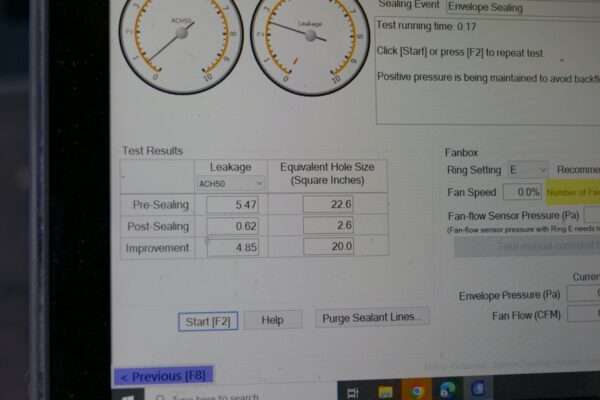
So How Much Does It Cost to Insulate a Home Against Air Leaks?
In conclusion, while the cost of insulating your home against air leaks varies, the financial benefits make this a wise choice. So, assess your home, consider your options, and decide on the best course of action. Remember, investing in insulation is not just about spending money; it’s about saving it too. Are you ready to take control of your home’s energy efficiency? Consider this an investment in your home, your comfort, and your wallet. Your future self will thank you. Get in touch with Calbarrier today for a free assessment of how much your investment can start saving you.
Need more information first?
Read more about air sealing your home on the Department of Energy’s website. Check out a case study of a home air sealing project in Novato, CA that we completed.

